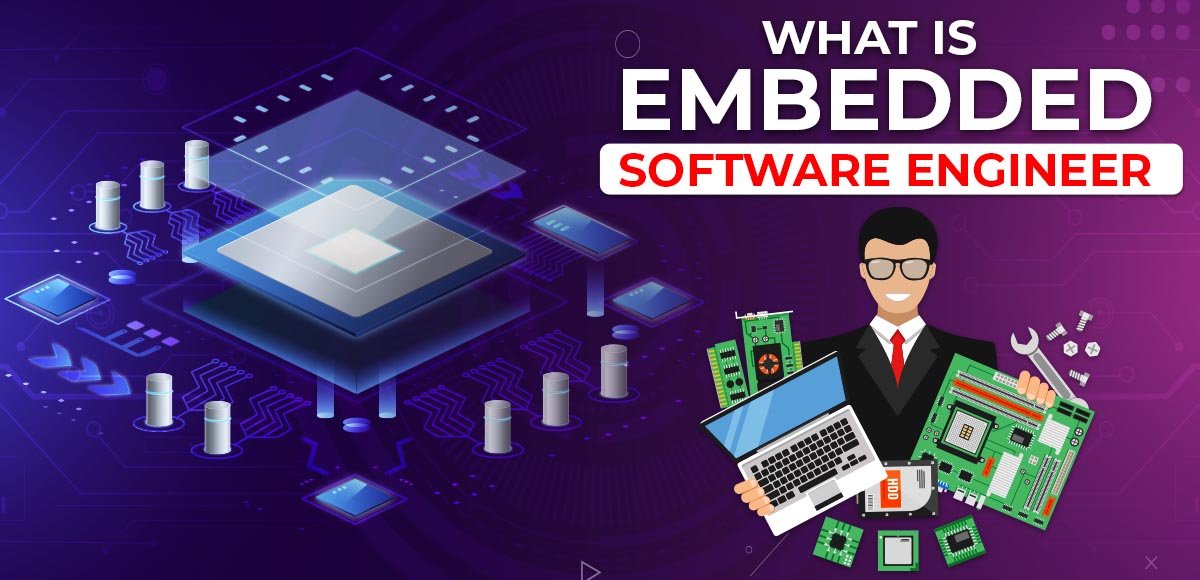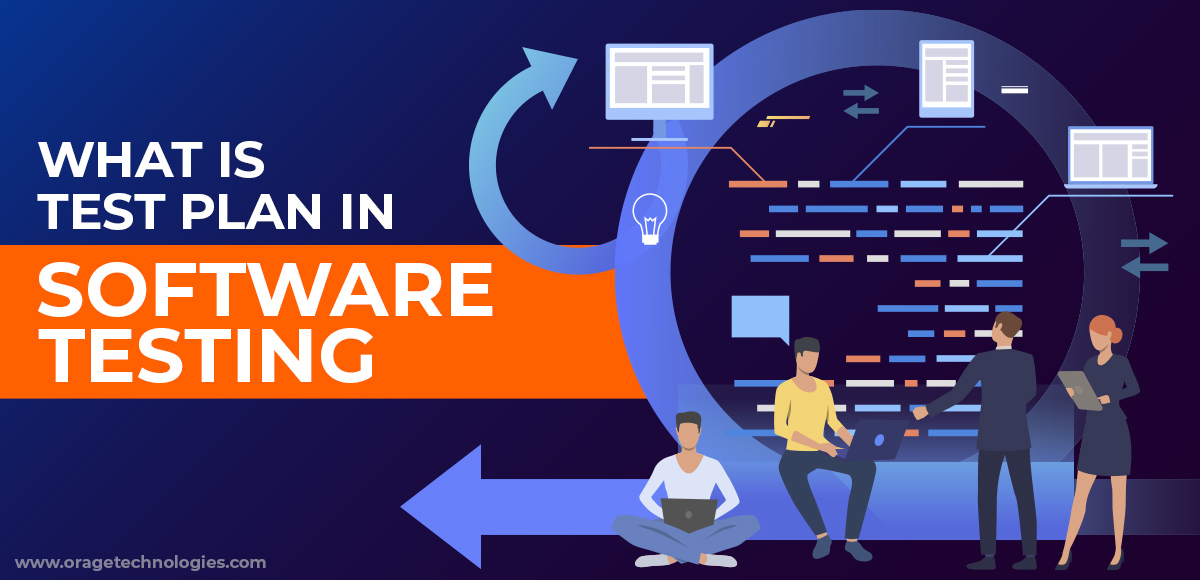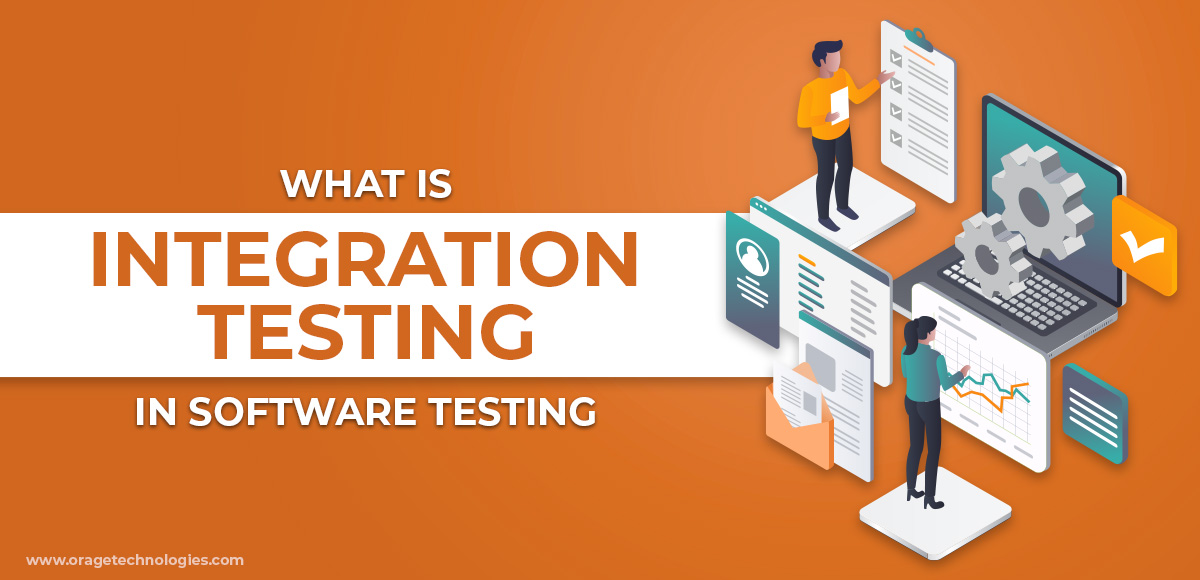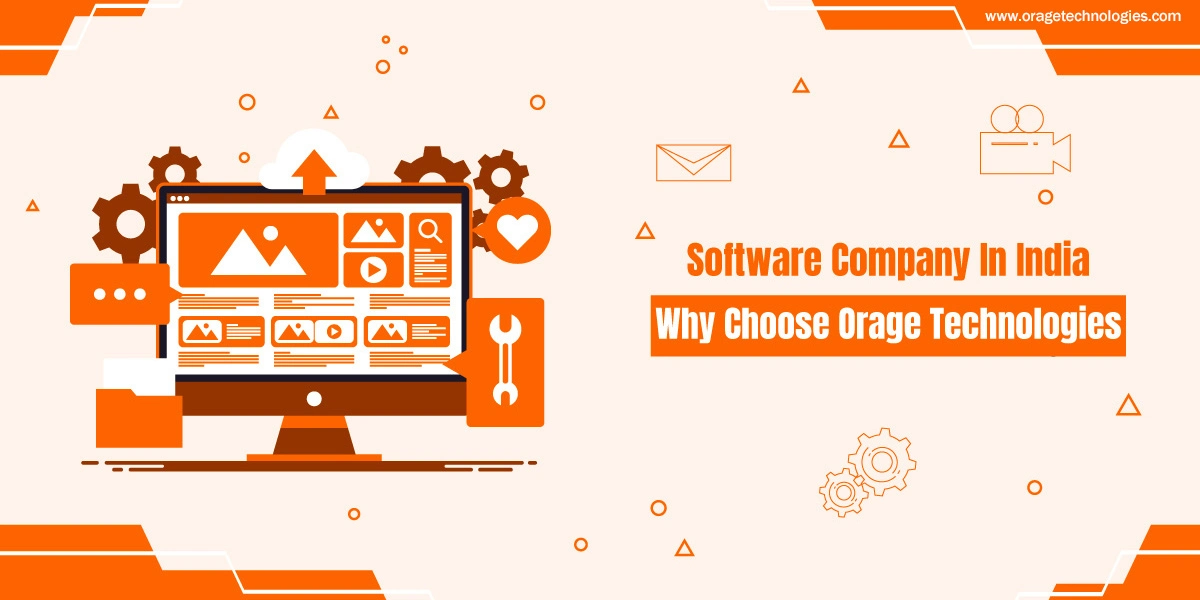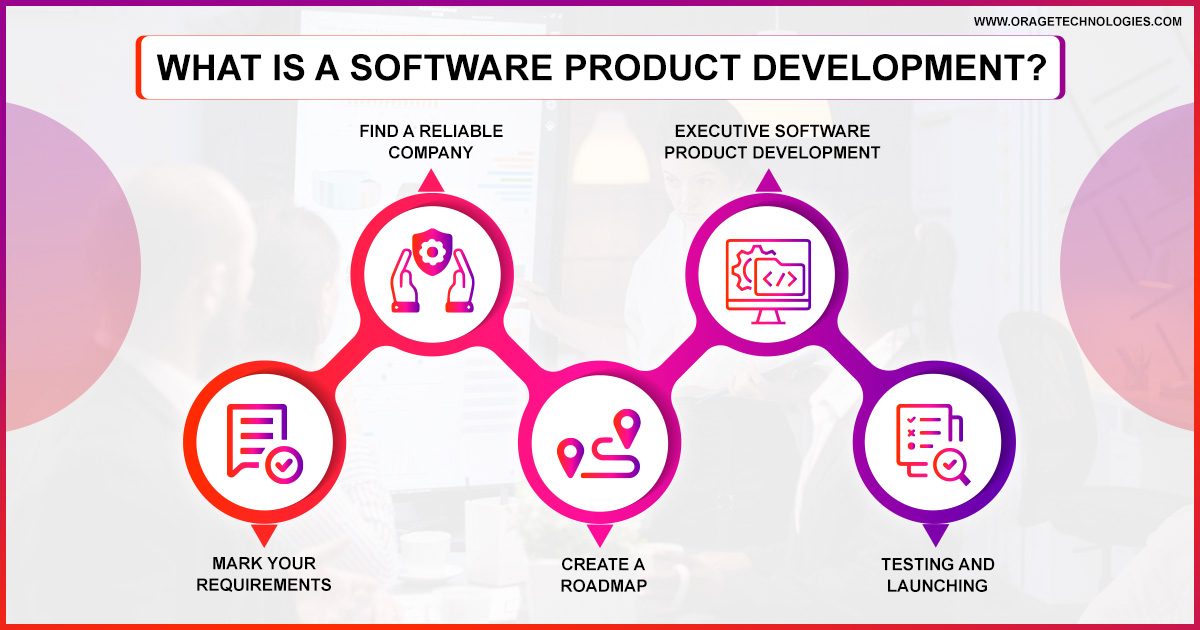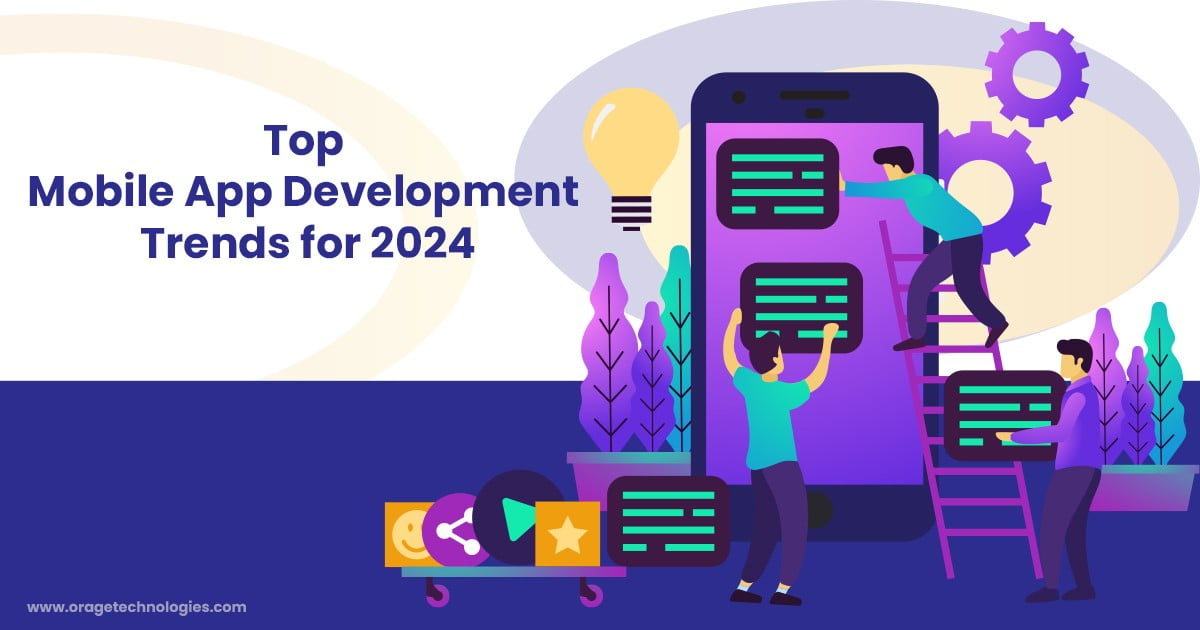Change is the only constant! This is a universal truth that stands true for the legacy software model. But what does this legacy software model mean? The legacy software model means holding on to outdated software without any upgrade. Legacy is often considered as one of the great things but in the case of software, it comes with a huge price.
We have moved from keypad phones to smartphones, windows XP to Windows 11, upgraded to the latest systems, and the list goes on. Now legacy modernization is all about upgrading software to streamline processes, improving performance, and new ways to serve customers.
Blackberry, Myspace, and Delta have been some of the most classic examples of legacy software pitfalls. In 2011, Blackberry made a revenue of $20 Billion, while in 2022, it dropped to $718 Million. Coming to Myspace, in 2007, it lost millions to its rival Facebook. Another example is Delta Airlines, which lost $150 million due to outdated software and around $500 million due to the widely popular CrowdStrike Outage that lasted over five days.
The Impact of Legacy Software on Businesses
Technology is one of the frontline factors for business growth, efficiency, and innovation. While there are still some organizations that depend on legacy software. Though these systems had been useful to the organization, now it is no longer supported. These outdated systems expose users to various security risks.
Let’s explore some of the major impacts of legacy software.
1. Operational Inefficiencies
Legacy software is slower, less efficient, and more responsive. To reduce operational inefficiencies, legacy software modernization is important. It can help eliminate the human routine task by automating it with updated software. This can also boost overall productivity, and reduce cost.
2. Security Vulnerabilities
One of the biggest loopholes of old software is the security risks and vulnerabilities it is susceptible to. The older systems do not receive important security patches and updates.
3. High Maintenance Costs
People think that investing in upgrading systems is a waste of money, but the reality is old system maintenance costs more. Moreover, getting professionals who have knowledge of outdated technologies becomes very challenging. Additionally, the old hardware and software need more frequent maintenance and are prone to breakdowns at times.
4. Inability to Scale
Outdated software acts as a roadblock to business growth and scalability. It fails to evolve with the system’s expanding needs. Moreover, it is time-specific and difficult to upgrade to meet modern demands. Old software struggles to integrate with new technologies such as cloud computing, AI, or advanced analytics.
5. Poor User Experience
Today’s personnel want clear and easy-to-use platforms that will assist at their workplace in finishing the tasks. Those older systems do not have elegant user interfaces, they are not friendly to mobiles, and they do not possess the features available with current solutions. This results in having frustrated employees, low levels of employee motivation, and longer time that new employees take in order to adapt to their working conditions and make improvements.
6. Challenges with Data Integration
Today’s organizations use numerous applications to address various organizational processes, including financial, personnel, sales, and customer support. These systems need to communicate in order to show a mutual, integrated perspective of business information. But then again, one drawback that affects legacy software more than any other is the problem of data integration.
7. Lost Competitive Edge
Laziness makes some companies stick to outdated software hence making them lag behind other companies that have adopted the new technology. These competitors may be able to leverage automation which has been identified as one of the core competencies of the firm.
How Does Legacy Software Modernization Benefit Businesses?
It has also been realized that as organizations adapt to new models in a world that is virtually going digital, it becomes necessary to ensure that technology moves at the right pace with change. These are programs created on old technologies which hinder organizational progress and lead to slow operations. Modernizing the structure of this software is not simply changing the code; it implies changing the business. Here are the key benefits of legacy software modernization: Here are the key benefits of legacy software modernization:
1. Increased Efficiency and Productivity
Current software is expected to work efficiently by minimizing the input of human effort and, where possible, eliminating routine tasks. The improvement or replacement of commonly known dated systems allows organizations to increase their performance and productivity so that employees are able to perform jobs that add value to the business. Increased speed, efficiency, and downloading of data also contribute positively to performance in the organization.
2. Enhanced Security
Legacy software is at high risk of cyber-attacks because of outdated means of protection and lack of support from the software vendor for patches. Today’s systems, on the other hand, are built with cyber-security features that can guard them from such incidents. This assists businesses in avoiding the leakage of such important information and adhering to the set industry standard and legal requirements, hence avoiding a potential huge loss through the leakage of such information.
3. Improved Integration Capabilities
In the current development of software systems, the systems are developed to be compatible with other systems and services on the cloud or locally. Sometimes, legacy systems may also face challenges in integration since they are incompatible with current technologies. Businesses keep on upgrading in order to get a better flow of data from one system to the other in order to improve their decision-making systems.
4. Cost Savings
Of course, the expense of modernizing legacy software may appear high at first glance, yet in the long run, it is far from inexpensive. Older structures involve more effort, frequent replacement, and professional skills to manage than advanced structures. Contemporary software minimizes such steady maintenance expenses and uses an architecture that provides more expandability so the business can expand without requiring a new set of software.
5. Enhanced User Experience
Old business software tends to be slow, unfunctional, or simply hard to use, which frustrates the employees and end users as well. Enhancements in the current systems are easier interfaces, better performance, and more user-friendly, which leads to increased staff morale and effective customer satisfaction. This enhanced user experience can also result in an increase in productivity and improved customer satisfaction.
6. Agility and Innovation
The current generation of software makes it possible for organizations to adapt well to change the market. In the face of constantly updated tools and features, businesses can adapt and innovate much quicker for new products or services or formulations of new trends. While the legacy systems are rigid and cannot support change or transformation, they act as huge inhibitors to innovation.
7. Data-Driven Decision Making
Such systems have limitations when it comes to data management and retrieval since data is often stored in isolated silos. Current software systems, especially those that operate in the cloud, provide rich analysis capabilities that firms can use to enhance data usage for decision-making purposes. It is organized, and thus advanced access to it provides enhanced capacity for operation, monitoring, and decision-making.
8. Scalability
When companies evolve their resource demands need to increase as well. There might be problems, for example, proper work dealing with increased amounts of work, new tasks, and challenges that old systems cannot cope with. Today’s software is often planned to support scalability therefore businesses have the option to grow without worry of creating system failures or having performance hitches.
Conclusion
Legacy software modernization has a number of advantages that can positively impact an organization’s operations, security, and growth prospects. Thus, replacing outdated technologies with new, modern means enables organizations to address the issues of competition and cost cutting, facilitating the business clients’ and workers’ experience and success in the future. As businesses grow and competition becomes stiffer, there is no need to argue that traditional software solutions can be used as they are in the market anymore.
Also Read Our Blog: What Is an Embedded Software Engineer?

